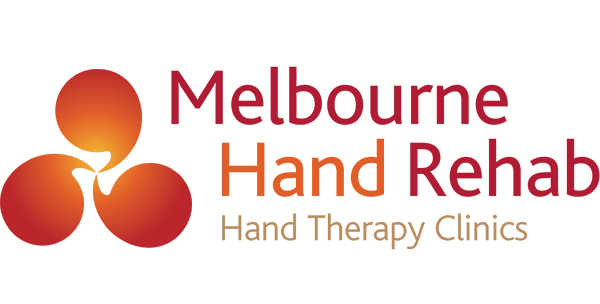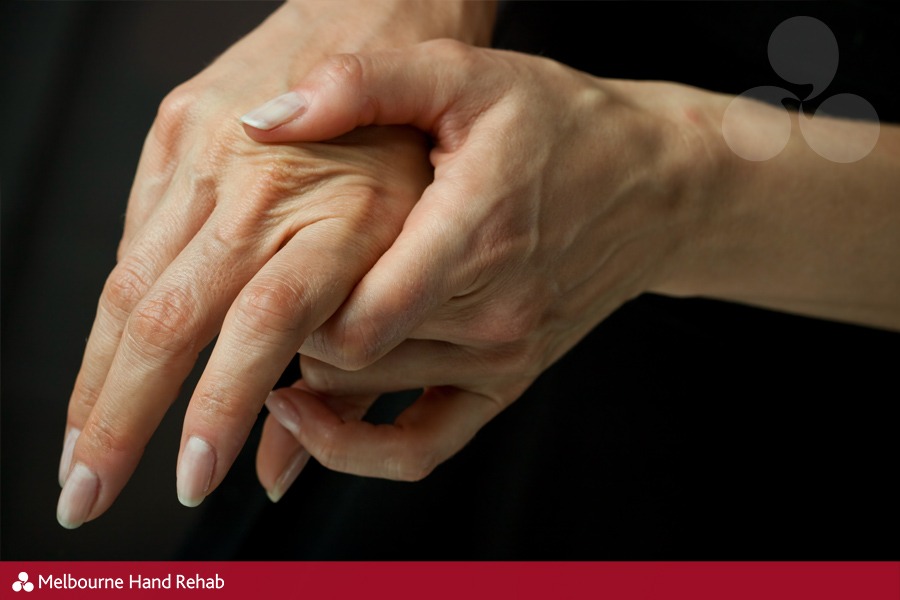
28 Feb Is there NOTHING I can do about my crooked painful hands?
Have you recently noticed your fingers and/or thumbs looking a little peculiar, feeling painful and is it starting to worry you?
You may have seen this in your grandparents and possibly your mother or father. You don’t want this to be you too. Your doctor may have told you that there is nothing much you can do about it.
Really? Not quite.
Osteoarthritis affects the general population as we age
Osteoarthritis, affecting the hand in particular, is becoming more common.
By the time we are 70 years old, 90% of women and 80% of men will have arthritis in their hands. But, arthritis obviously starts earlier than that. You will likely suffer pain, swelling, stiffness, decreased strength and difficulties in activities. Simple tasks may become more difficult or painful. For example opening a jar, turning on a tap, turning the key to your car, or dressing yourself.
Over time the condition can cause bony enlargements and deformities in the hand joints. This is what causes the look you may not like. But, there is something you can do about it.
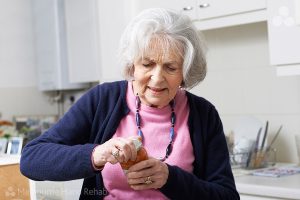
Research shows non-pharmacological therapy IS beneficial
In August 2018, the European League Against Rheumatism (EULAR) published the most up-to-date recommendations on the management of hand osteoarthritis. They researched a variety of interventions. This includes non-pharmacological therapy, pharmacological (medications/injections) and surgical interventions.
Therapy includes education, assistive devices, exercises, and orthoses (braces, splints, or compression gloves/sleeves). Research has shown positive benefits of therapy particularly with exercises and long-term splinting that may be needed. Therapy has shown reduction in pain, improving function, increasing or maintaining motion, and increasing or maintaining strength.
So, how is hand therapy able to help get your hands feeling and looking better?
Your hand therapist will provide advice on:
- Precautions
- Joint protection
- Activity modification
- Splinting
- Compression
- Exercises to improve the stability of your joints
We have a wealth of information to share with you. We also make custom splints to protect and position your joints to avoid further ‘deformity’. Custom splints are comfortable and functional. You will be able to do your daily activities in your splint.
Our goal is to empower you with practical tips and activities to minimise your pain, maximise your function, and keep your osteoarthritis under your control.
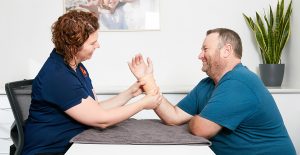
Melbourne Hand Rehab create custom leather splints and braces for chronic injuries such as osteoarthritis and wrist pain.
What about pharmacological treatment/drugs?
Pharmacological treatment includes topical or creams that are non-steroidal anti-inflammatory drugs (NSAIDs), oral medications, and injections. However, it is recommended that oral NSAIDs be considered for a limited duration. Pharmacological treatments that did not have any clear beneficial effect include paracetamol, thumb based injections. There are a variety of injections that are currently used, the most common being cortisone.
Will I really need surgery?
Surgery is typically considered as the last resort when other treatments have not been effective. There may be a time in your daily life when you just can’t stand the pain and decreased function anymore. Your daily routine, work, hobbies, leisure activities are significantly disrupted. There are a variety of surgical options including joint replacements.
It is important to have good communication with your surgeon and therapist to fully understand the recovery time and the expected outcomes. Our advice is to try less invasive treatments first. We have seen huge success without having to get to surgery. Although, there may be a point when your hand therapist is on board with surgical intervention. Communication is the key.
If you are experiencing finger, hand or wrist pain, don’t hesitate to get in touch. We’d love to help you.
BOOK AN APPOINTMENT
For more information, call us directly on 03 9458 5166
You might also be interested in:
- What’s the difference between rheumatoid arthritis and osteoarthritis?
- SARAH program for rheumatoid arthritis
- Hand Therapy Webinars
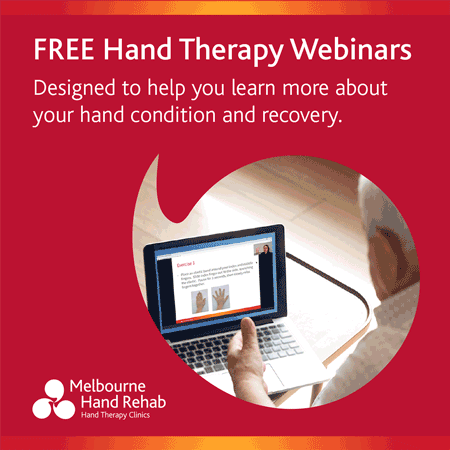
Melbourne Hand Rehab provide free hand therapy webinars for commonly occurring hand conditions including: osteoarthritis, rheumatoid arthritis, chronic wrist pain and common hand conditions that affect new parents.
